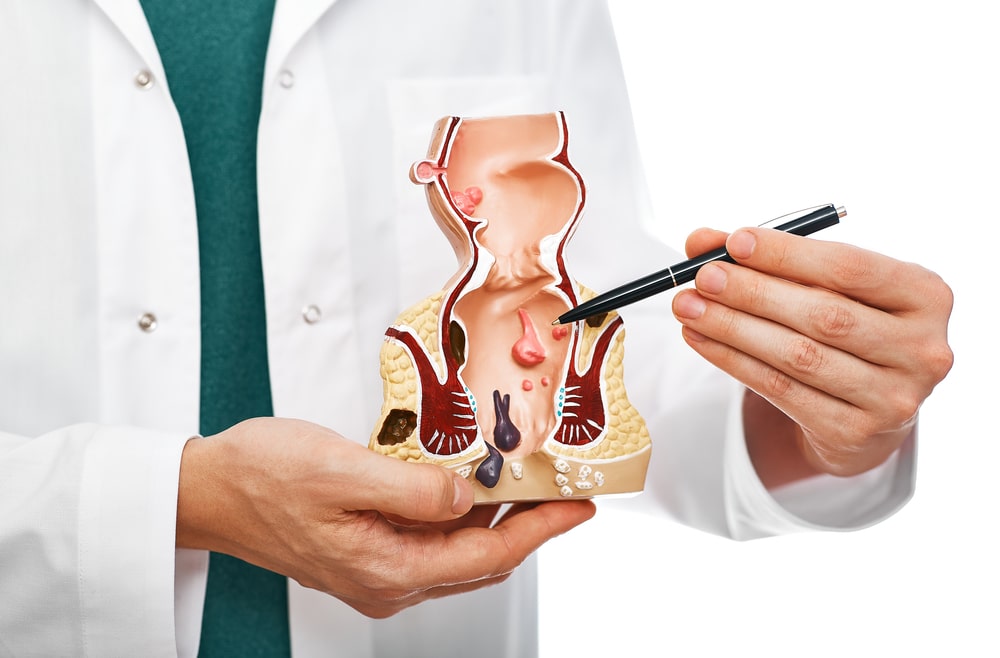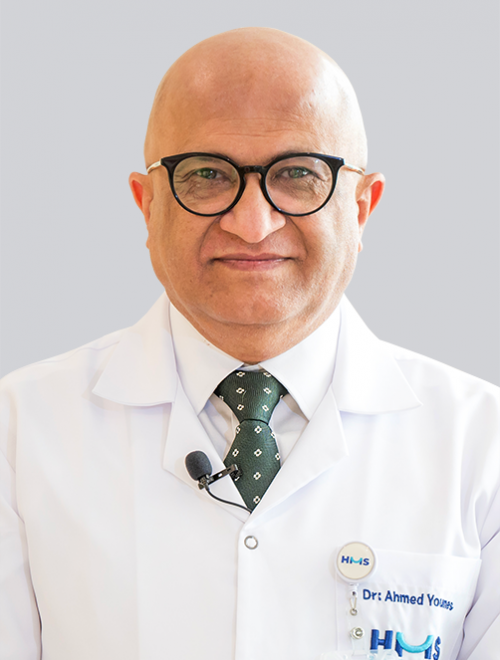Anal fistula

An Anal fistula is a passage in the skin that connects the colon's anal canal to the skin of the buttocks. The majority of anal fistulas develop as a result of a pus-filled infection in an anal gland (abscess).
Symptoms
An anal abscess and an anal fistula can have similar symptoms, which may include:
- Pain and swelling in the anal region
- Chills and fever
- Tiredness and sickness
- Skin redness, soreness, or itching around the anal opening
- Near the anal opening, there is pus drainage.
Diagnosis
- Examine the Fistula.
A long, thin probe is inserted into the fistula's outer orifice. To determine where the fistula opens up on the inside, a specific dye can be injected. - Anoscope
This is a unique scope that is used to examine the interior of your anal canal. - Imaging Research,
which uses sound waves to create an image of the anal area, is one of these. They could also include an MRI, which uses special magnets and a computer to create images of the affected area.
Treatments
Antibiotics by themselves will not cure an anal fistula. The fistula will need to be repaired surgically. Among the surgical treatment options are:
- Fistulotomy
This procedure opens up the fistula so that it can heal from the inside out. It is usually performed as an outpatient procedure. This means you will return home the same day. - Using a special glue or plug to close the fistula.
This is a newer type of treatment that seals the fistula's inner opening. The fistula tunnel is then filled with a material that your body will absorb over time, according to the doctor. - Reconstructive Surgery, also known as staged surgery, is a type of surgery that is performed in stages. In some cases, this may be an option.
- Seton Placement.
This procedure involves inserting a suture or rubber band (seton) into the fistula and gradually tightening it. It allows the fistula behind the seton to heal and reduces the risk of incontinence.


